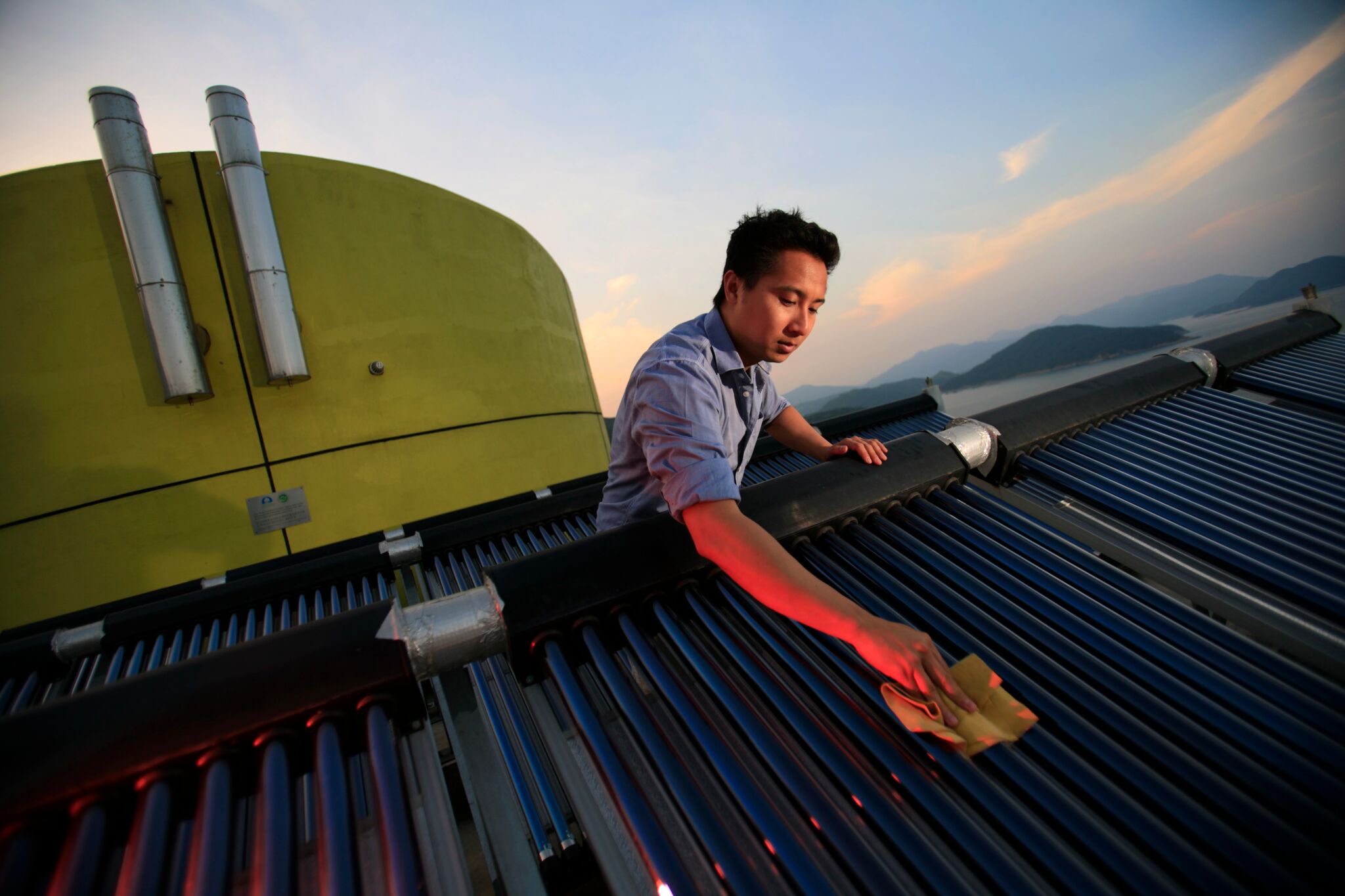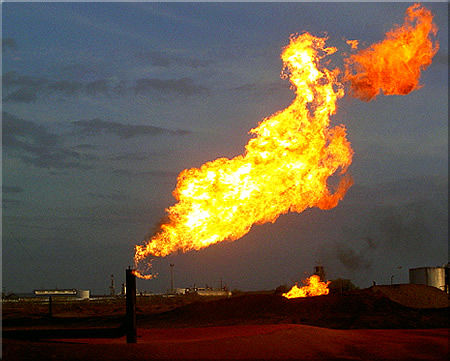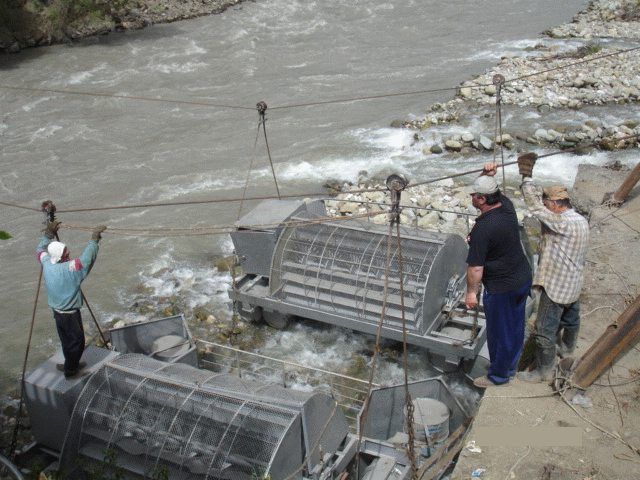Technologies
Clean energy technology types in CLEER include a wide range of renewable and energy efficiency actions. Each technology type is listed below, along with examples of activities that are included under each type.
The CLEER Tool includes:
-
General Renewable Electricity
- Any type of renewable energy, provided that the amount of energy generated is known. If the amount is unknown, then users should choose one of the renewable technologies (for example, solar photovoltaic or wind power).
-
Fuel Switching
- Any type of fuel switching from a traditional fuel to a cleaner fuel, provided that the amount of energy or quantity of fuel, as well fuel types are known. If the amounts are not known, then users should choose one of the applicable technologies.
-
General Energy Efficiency
- Any type of energy efficiency, provided that the amount of energy saved (or percent increase in efficiency) is known. If the amount or percent is unknown, then users should choose one of the energy efficiency technologies (such as building energy efficiency or appliance energy efficiency).
-
Solar Photovoltaic System
- Applicable to any type of solar photovoltaic (PV) system consisting of, but not limited to, amorphous silicon solar cells, crystalline (monocrystalline and polycrystalline) silicon solar cells, thick-film silicon PV cells, or thin film silicon PV cells (cadmium telluride solar cell, copper indium gallium selenide solar cells, etc). The calculator does not distinguish the type of solar PV cells and is applicable for all types.
-
Building Energy Efficiency
-
Applicable to the following residential upgrades:
- Lighting upgrades (such as LED or CFL).
- Water heating upgrades to heater type, flow controls (e.g. low flow shower heads), and temperature setbacks.
- HVAC system efficiency improvements for either central AC or room AC.
-
Applicable to the following commercial upgrades:
- Lighting improvements such as LED, high bay and high performance T8 bulbs.
- HVAC improvements such as in-room, unitary, or chiller AC improvements.
- Refrigeration upgrades such as automatic door installments, door heater controls, evaporator fan controls, strip curtains, and energy efficient refrigerated vending machines.
-
Applicable to the following residential upgrades:
-
Wind Turbine System
- Applicable to horizontal axis or vertical axis wind turbines that are utility-scale, distributed or “small” wind, or offshore wind that is used to generate electricity.
-
Lighting, Appliances, and other Equipment Efficiency
- Appliance replacement (microwaves, washer and drier, etc.).
- Equipment upgrades such as energy efficient televisions.
- HVAC (heating, ventilation, air-conditioning, and cooling) systems and water heater replacement.
- CFL or LED light updates to replace traditional incandescent bulbs.
- Users may want to review actions covered by building energy efficiency.
-
Solar Heating
- Solar thermal systems that heat water or used for space heating. Includes unglazed flat plate collector systems, glazed domestic hot water systems, evacuated tube collectors, and combined space and domestic hot water.
-
Anaerobic Digesters
- Projects that generate usable biogas from the installation of anaerobic digesters (manure management). Types include stand-alone digesters (household biogas generators), on-farm digesters (plug flow, complete mix, and covered lagoon types), or digesters at wastewater treatment plants.
-
Hydroelectric System
- Applicable to micro-hydro, small-hydro, run-of-the river, or conventional hydroelectric systems used to generate electricity that are distributed or utility-scale.
-
Biomass Energy
- Biomass used for power generation.
- Biomass used for small-scale activities such as domestic heating and cooking.
-
Geothermal Power System
- Applicable to dry steam, flash steam or binary cycle power stations used to generate electricity that are distributed or utility-scale.
-
Geothermal Direct Heat
- Geothermal heating systems that heat buildings (from one building to an entire village or town).
-
Geothermal Heat Pump
- Central heating and/or cooling systems (HVAC) that utilize the temperature of the ground to heat and cool buildings.
- Six types of heat pumps: Horizontal trench loop, slinky loop, vertical bore loop, horizontal boring, pond loop, and open loop.
-
Stranded Natural Gas Capture Systems
- Activities capturing flared or vented natural gas.
-
Transmission & Distribution System Upgrade
- Upgrades to transmission and distribution lines to reduce technical line losses of electricity. Upgrades could include actions such as installing improved transformers, or replacement of transmission cables.







